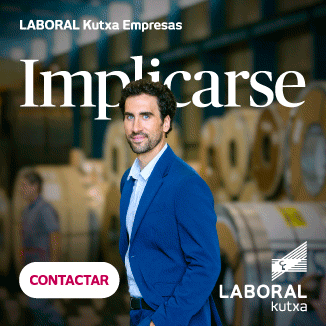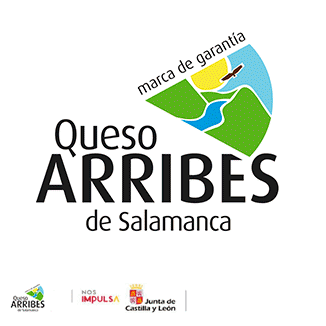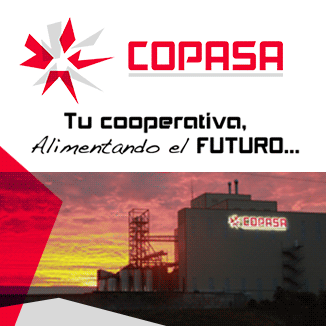ESTUDIO DE LA HUELLA AMBIENTAL DE LA ORGANIZACIÓN: INFORMES
Hasta ahora hemos visto cómo conseguir los datos, clasificarlos e interpretarlos y, también, la organización debe informar a sus grupos de interés sobre ello. Es importante reflejar la información de manera clara para que los usuarios, actuales y futuros, puedan obtener el máximo partido de ella.
Así, los documentos generados han de incluir, al menos, tres elementos: el informe principal, un resumen y un anexo, Además, se puede añadir la información exclusiva y confidencial en un cuarto elemento: un informe confidencial complementario.
El resumen tiene identidad propia y no ha de comprometer los resultados, ni las conclusiones. Debe cumplir los mismos requisitos de transparencia y coherencia que el informe, debiendo incluir, como mínimo: los elementos clave del objetivo y alcance del estudio con las limitaciones y suposiciones pertinentes; una descripción de los límites del sistema; los principales resultados del perfil de uso de los recursos y de emisiones, y los componentes de la evaluación de impacto de HA: estos deberán presentarse de manera que garanticen un uso adecuado de la información; en su caso, las mejoras ambientales respecto a periodos anteriores; las declaraciones pertinentes sobre la calidad de los datos, las suposiciones y los juicios de valor; una descripción de los logros del estudio, las recomendaciones formuladas y las conclusiones extraídas y una apreciación global de las incertidumbres de los resultados.
El informe principal incluirá: el objetivo, el alcance, la compilación y registro del perfil de uso de recursos y emisiones, el cálculo de los resultados de la evaluación de impacto HAO y la interpretación de los resultados.
En el anexo se documentan los elementos de naturaleza más técnica que apoyan el informe e incluye: las descripciones de todas las suposiciones, incluidas aquellas cuya irrelevancia esté demostrada; el cuestionario / lista de comprobación de la recogida de los datos y los datos brutos; perfil de uso de recursos y de emisiones; informe de revisión crítica y declaración de los revisores en cuanto a su cualificación.
“La nueva información hace posible las nuevas ideas”. (Zig Ziglar).
STUDY OF THE ENVIRONMENTAL FOOTPRINT OF THE ORGANIZATION: REPORTS
So far, we have seen how to get the data, classify and interpret it and, also, the organization must inform its stakeholders about it. It is important to reflect the information clearly so that current and future users can get the most out of it.
Thus, the documents generated must include at least three elements: the main report, a summary and an annex. In addition, exclusive and confidential information can be added in a fourth element: a complementary confidential report.
The summary has its own identity and should not compromise the results or conclusions. It must meet the same transparency and consistency requirements as the report, and must include, at a minimum: the key elements of the objective and scope of the study with the relevant limitations and assumptions; a description of the limits of the system; the main results of the resource use and emission profile, and the components of the impact assessment of HA: these should be presented in a way that guarantees an adequate use of the information; where appropriate, environmental improvements over previous periods; the relevant statements about the quality of the data, the assumptions and the value judgments; a description of the achievements of the study, the recommendations made and the conclusions drawn and a global appreciation of the uncertainties of the results.
The main report will include: the objective, scope, compilation and registration of the resource and emission use profile, the calculation of the results of the HAO impact assessment and the interpretation of the results.
The annex documents the elements of a more technical nature that support the report and includes: descriptions of all assumptions, including those whose irrelevance is demonstrated; the questionnaire / checklist of data collection and raw data; resource use and emission profile; Critical review report and statement of the reviewers regarding their qualification.
“New information makes new ideas possible”. (Zig Ziglar).
Antonio González Losa

















